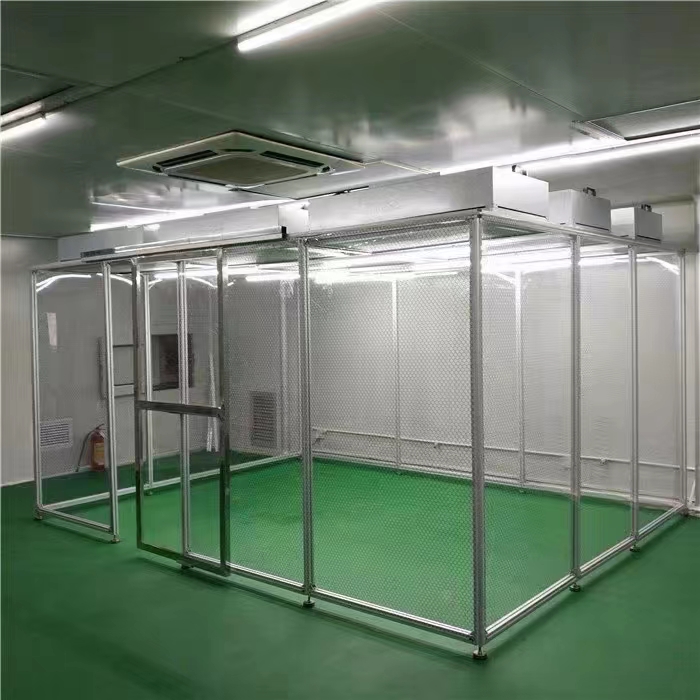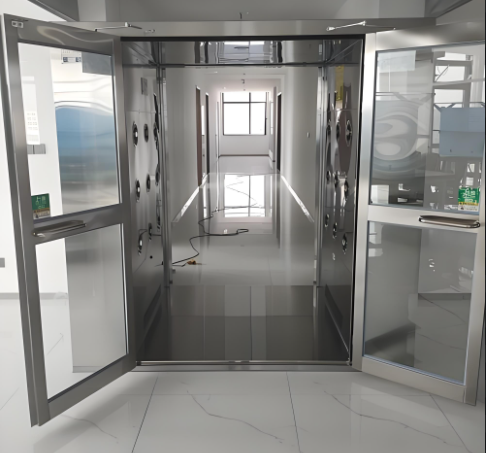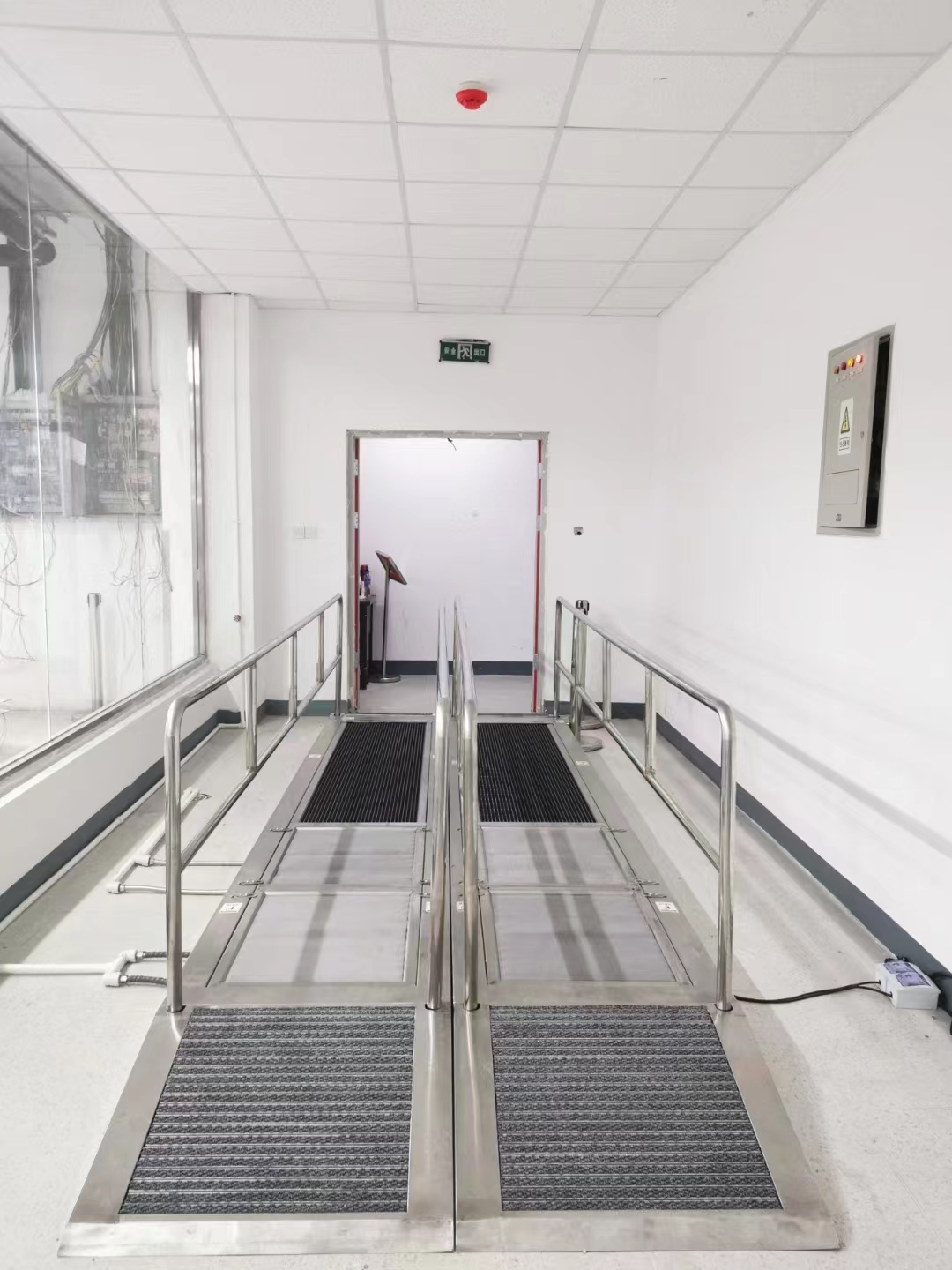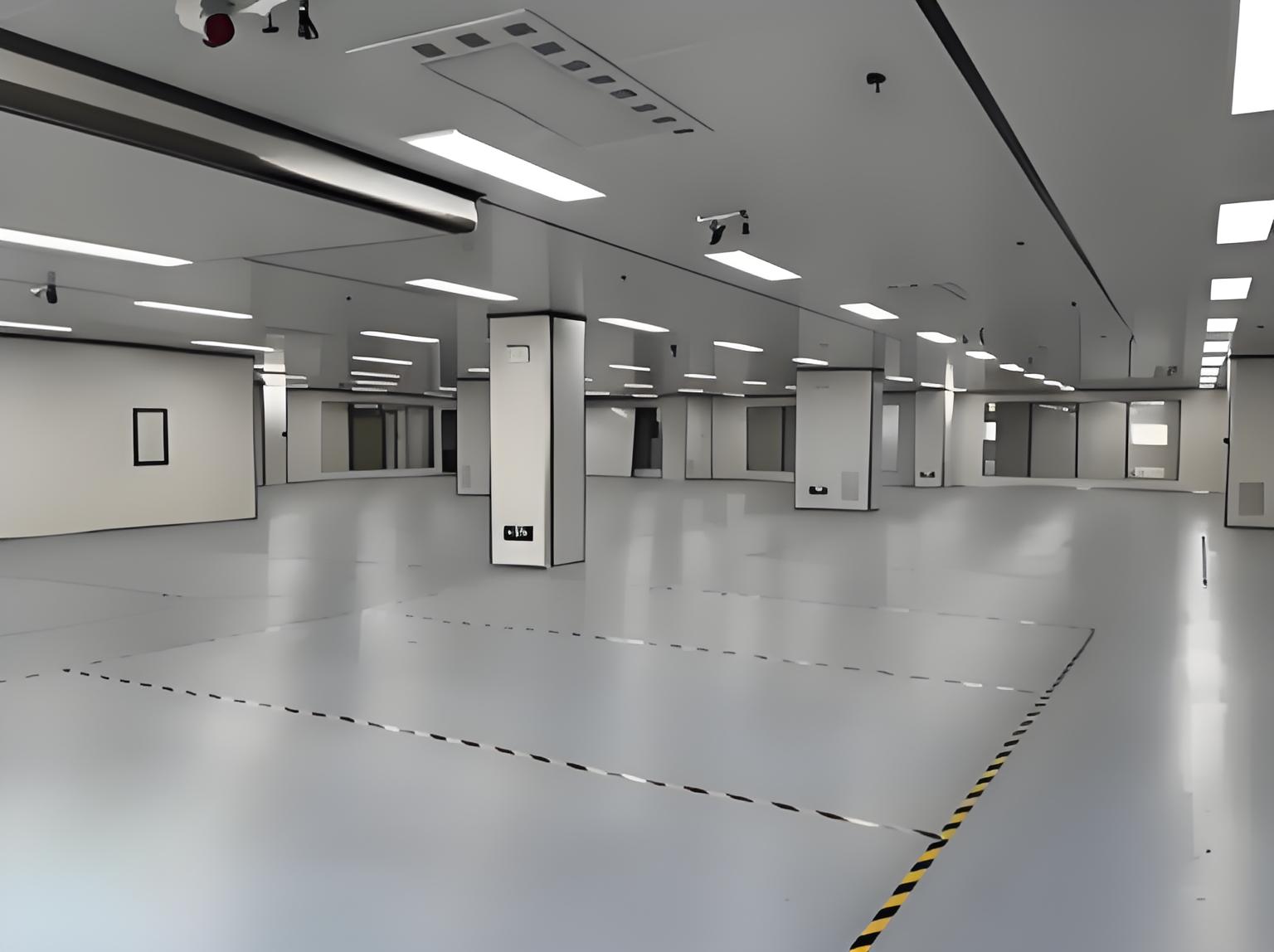




If you're researching "clean room 1000," you're likely exploring the world of controlled environments. This term often serves as a shorthand for a cleanroom designed to meet specific international standards, with a common target being the ISO Class 6 Cleanroom. This classification is a critical benchmark in industries where controlling particulate contamination is paramount to product quality and safety. Understanding what an ISO Class 6 cleanroom entails, from its definition by the ISO 14644-1 classification standard to the intricacies of its construction and HVAC design, is essential for anyone involved in manufacturing, pharmaceuticals, biotechnology, or electronics. This article delves into the core aspects of these environments, explores the benefits of a modular ISO Class 6 cleanroom, and addresses the common challenges faced in their implementation and operation.

At the heart of any modern cleanroom discussion is the international benchmark: ISO 14644-1 classification standard. This global standard, developed by the International Organization for Standardization (ISO), replaced the older US Federal Standard 209E and provides a unified method for classifying the cleanliness of air in cleanrooms and controlled environments based on the concentration of airborne particles.
The standard defines nine cleanliness classes, ranging from the most stringent ISO Class 1 to the least stringent ISO Class 9. An ISO Class 6 Cleanroom sits in the middle of this spectrum, representing a high but achievable level of cleanliness for many critical applications.
So, what are the numerical requirements? According to ISO 14644-1, an ISO Class 6 cleanroom must not exceed certain thresholds for airborne particulate counts. The limits are defined for particles equal to and larger than 0.5 micrometers (µm) and 5.0 micrometers (µm).
The maximum allowed concentration of particles ≥ 0.5 µm is 352,000 per cubic meter.
The maximum allowed concentration of particles ≥ 5.0 µm is 2,930 per cubic meter.
To put this into perspective, a typical office environment might contain millions of particles per cubic meter. Achieving and maintaining the stringent levels of an ISO Class 6 cleanroom requires a sophisticated combination of architecture, airflow, and operational protocols.
Building a compliant cleanroom involves integrating several critical systems. The design is a complex engineering feat where every element serves the purpose of contamination control.
The Critical Role of HVAC Design
The undisputed backbone of any cleanroom is its ISO Class 6 cleanroom HVAC design. This system is responsible for much more than just temperature and humidity control. Its primary functions include:
Filtration: This is the most crucial job. The HVAC system uses a series of filters, culminating in High-Efficiency Particulate Air (HEPA) filters, which are 99.97% efficient at removing particles ≥ 0.3 µm. For an ISO Class 6 cleanroom, HEPA filters are typically used to supply air to the space, capturing virtually all airborne contaminants.
Airflow and Pressurization: The HVAC design must create a specific airflow pattern to sweep particles away from critical areas. Laminar (unidirectional) airflow is often used over production lines, while non-unidirectional (turbulent) flow may be sufficient for other areas of an ISO Class 6 environment. The system also maintains positive pressurization relative to adjacent, less-clean areas. This prevents unfiltered air from leaking into the cleanroom whenever a door is opened.
Temperature and Humidity Control: Many manufacturing processes are sensitive to fluctuations in temperature and relative humidity. The ISO Class 6 cleanroom HVAC design must provide precise and stable control of these parameters to ensure product integrity and operator comfort.
Air Exchange Rates: To achieve the required particle counts, the HVAC system must provide a very high number of air changes per hour (ACH). While rates can vary based on activities and room layout, an ISO Class 6 cleanroom typically requires between 90 to 180 ACH. This constant flushing of the room with ultra-clean air is what maintains the ISO classification.
Materials and Finishes
Every surface within the cleanroom must be designed to minimize particle generation and be easy to clean. Walls, ceilings, and floors are non-porous, smooth, and seamless. Common materials include fiberglass-reinforced plastic (FRP) panels, powder-coated steel, and high-pressure plastic laminate. Floors are often epoxy or urethane resin, providing a continuous, coved surface that extends up the wall to eliminate dust-catching corners.

Traditional "stick-built" cleanrooms are constructed on-site like a regular building, which can be time-consuming and disruptive. A highly popular and efficient alternative is the modular ISO Class 6 cleanroom.
These cleanrooms are constructed from pre-engineered panels that are manufactured off-site and then assembled within the existing facility. Key advantages of a modular ISO Class 6 cleanroom include:
Faster Installation: Significantly reduced construction time, minimizing downtime for your operations.
Flexibility and Scalability: They can be easily reconfigured, expanded, or relocated as your needs change—a major benefit for growing businesses.
Cost-Effectiveness: Generally lower upfront costs compared to traditional construction due to reduced labor and time.
Minimal Facility Disruption: Since most components are pre-fabricated, on-site work is primarily assembly, creating less mess and disturbance.
Even with a perfect design, maintaining an ISO Class 6 cleanroom is an ongoing effort. Several common problems can jeopardize its classification and performance.
Inadequate HVAC Performance: This is the most common source of failure. If the ISO Class 6 cleanroom HVAC design is undersized, improperly balanced, or poorly maintained, it cannot provide the necessary air changes, filtration, or pressurization. Dirty filters, failing fans, and clogged coils will quickly cause particle counts to rise beyond acceptable limits.
Improper Gowning Procedures: The human body is the largest source of contamination in a cleanroom. Shedding skin cells, hair, and clothing fibers are constant threats. Inconsistent or incorrect gowning procedures—such as not properly covering hair or beard or using damaged garments—will introduce contaminants and likely cause an ISO Class 6 cleanroom to fail its certification tests.
Poor Material and Personnel Flow: The movement of people and materials is a major vector for contamination. Without clear and enforced protocols for entering and exiting, including proper airlocks and pass-throughs, particles from the outside environment will be carried inside. Similarly, bringing in non-cleaned tools, packaging, or equipment will pollute the environment.
Insufficient Cleaning and Maintenance: A cleanroom cannot be "clean" without rigorous and frequent cleaning. Using incorrect cleaning agents (e.g., lint-generating cloths, abrasive cleaners) or following an infrequent cleaning schedule allows particles and microbial contaminants to accumulate on surfaces, eventually becoming airborne.
Failure to Validate and Monitor: An ISO Class 6 cleanroom is not a "set it and forget it" system. Regular testing and monitoring are required by the ISO 14644-1 classification standard. This includes periodic particle count tests, airflow velocity and volume checks, and pressurization monitoring. Failing to adhere to a strict re-certification schedule (typically every 6 to 12 months) means operating blind, with no assurance the room is still compliant.
The term "clean room 1000" often points toward the specific and highly regulated environment of an ISO Class 6 Cleanroom. Governed by the precise metrics of the ISO 14644-1 classification standard, these spaces are engineering marvels designed to protect sensitive processes from harmful contamination. Whether achieved through traditional construction or the modern flexibility of a modular ISO Class 6 cleanroom, the principles remain the same. Success hinges on a robust ISO Class 6 cleanroom HVAC design and a relentless commitment to operational discipline through strict gowning, cleaning, and monitoring procedures. By understanding both the technical requirements and the common pitfalls, you can make an informed decision on implementing and maintaining a cleanroom that ensures product quality, compliance, and ultimately, the success of your critical operations.

